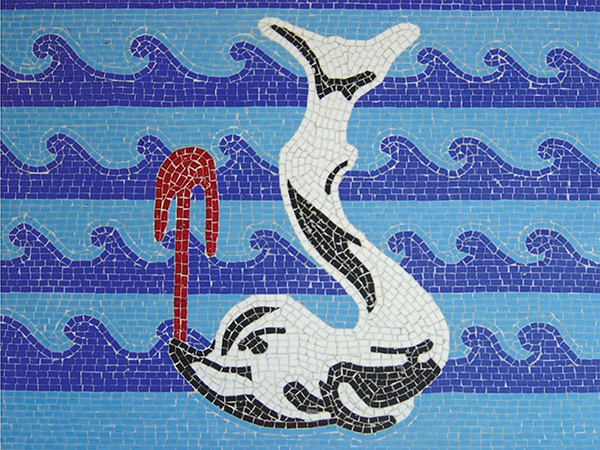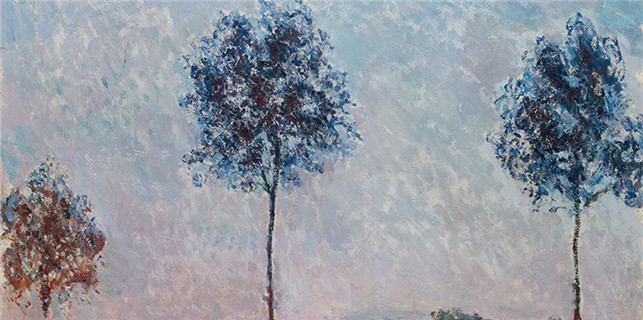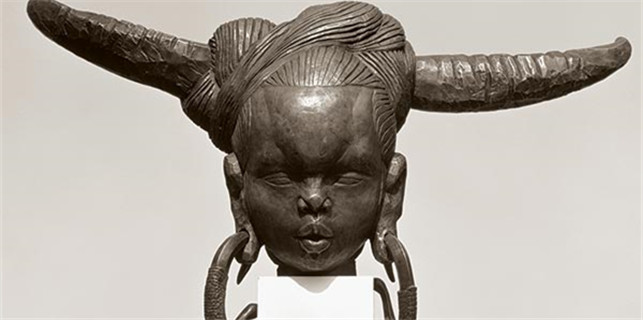French haute couture mosaics add unique touch to floor tiles
 |
|
Tiles by David Dalichoux. [Photo/Courtesy of David Dalichoux] |
France's cement tile industry was born in 1850 in the southern village of Viviers-en-Ardèche. For more than a century, these tiles were the most commonly used floor-covering material in the French home. Castles, luxury townhouses, traditional detached houses and Haussmann-era apartment buildings all featured cement tiles in a range of patterns and colors, and numerous local factories attempted to satiate the growing demand.
Imports soon flooded in. As the French market was flooded with cheaper, plain-colored porcelain stoneware tiles from Spain and Italy in the latter half of the 20th century, the local cement tile industry began to die out, with factories closing one after the other. Today, David Dalichoux, from the fourth generation of a family of craftsmen, represents the only company in France that still makes cement tiles.
"My great-grandfather established his factory in 1910 in Pézenas, in the Occitanie region of southern France, and my grandfather and then my father took over from him," explains Dalichoux. "I had studied to be a mosaicist, so it was my duty to continue making cement tiles, because no one in France was making them anymore. I had inherited 140 dividers, which are the moulds used to make the patterned tiles. And I couldn't abandon this heritage, this treasure handed down by my ancestors."
Dalichoux's great-uncle, now 94, taught him the family's secrets for combining the different raw materials and making the tiles. "The tile is made up of cement, marble powder, metal oxides and a few secret ingredients that are totally French… it’s a bit like the Coca-Cola recipe."
In the Dalichoux workshop, cement tiles and mosaics are custom-created following similar rituals. For a mosaic, the process starts with a blank sheet of paper, on which the artist designs the pattern or image based on the customer's wishes. "It's the same basic principle as for creating a painting," he says. "In fact, the Italians say that a mosaic is a painting for eternity. I use the indirect method, the same one used by the Romans. After completing the actual-size drawing, I cut marble sheets into tiny cubes – or tesserae – of two centimetres or less and stick them face down on the paper."
All of Dalichoux's mosaics – murals, table tops, Venetian-style terrazzo floors and inlaid decorations for swimming pools – are created using a multitude of marble and Venetian enamel tesserae. The entire process is done by hand, so it can take a long time. "The Last Supper mosaic, for which I received the Best Craftsman award [in France in 1997], took me 450 hours," he recalls.
The process for making traditional cement floor tiles is equally time-consuming. It takes 10 minutes to make a 20-centimeter-square tile, not counting the hours spent creating the colors and mixing the oxides, marble powders and other essential ingredients. To cover a surface of one square meter, 25 tiles are needed; the workshop turns out around 100 tiles each day.
"These are luxury tiles, because I use the finest raw materials," concludes Dalichoux. "That's what differentiates them from the tiles made in other countries – it's haute couture."




















